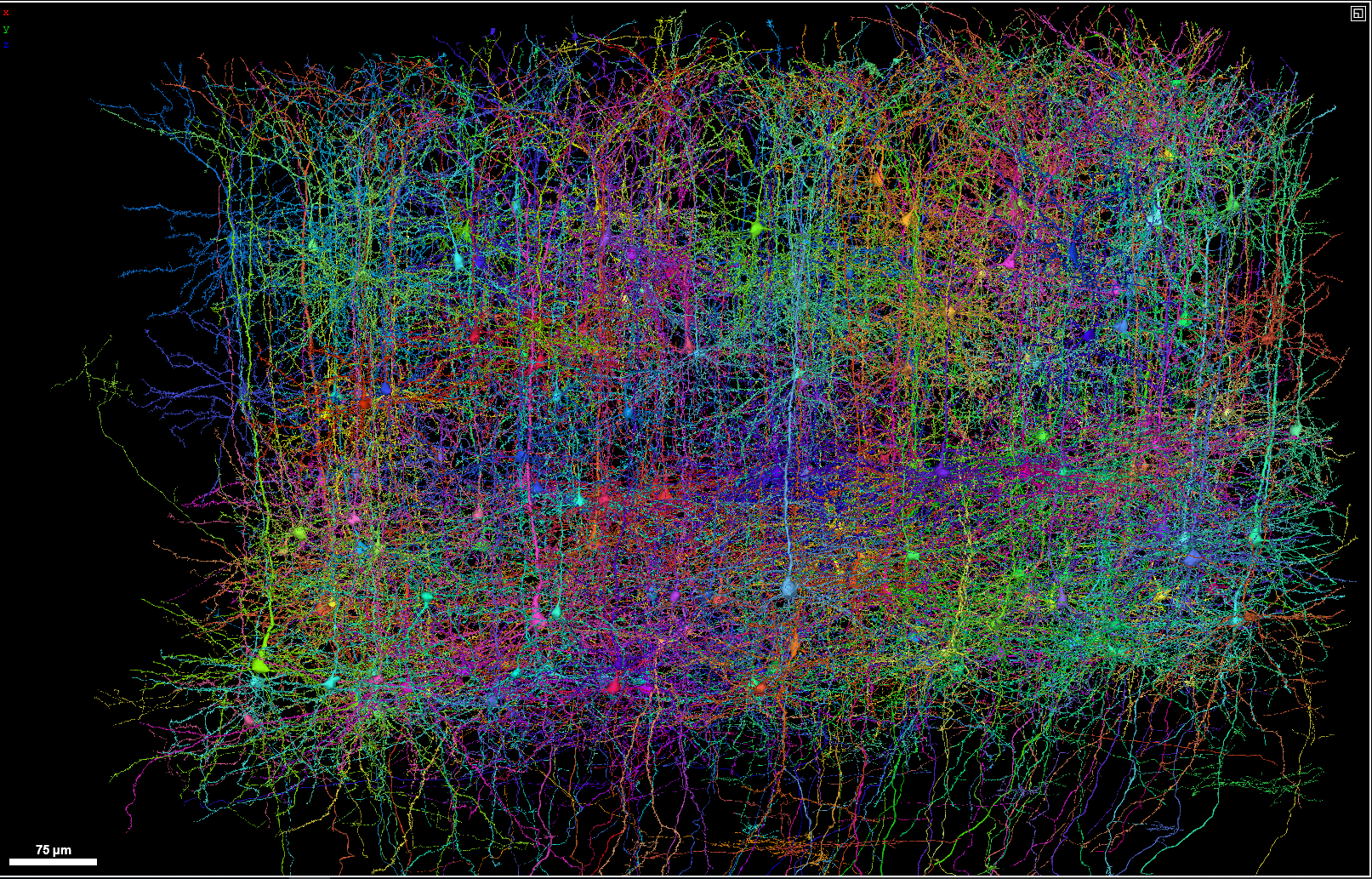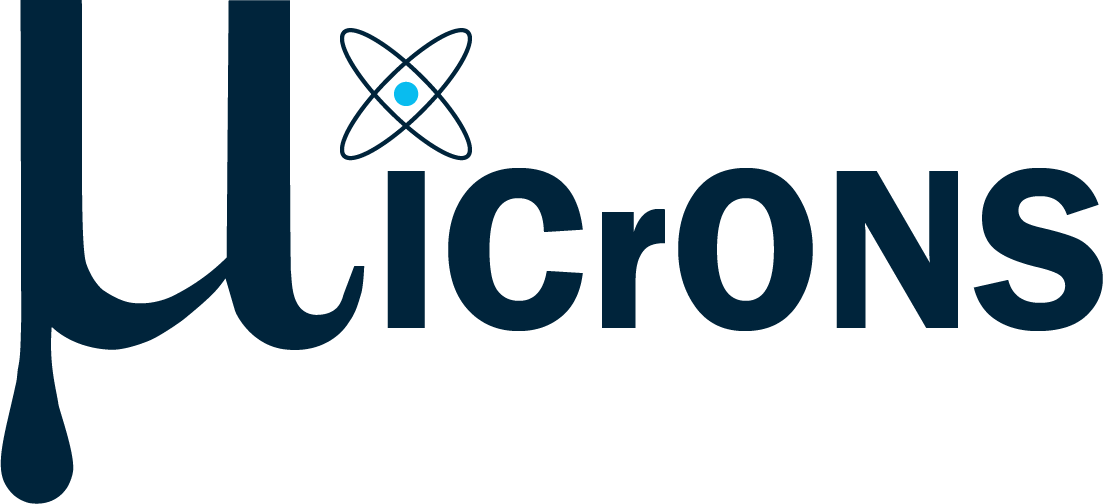Intelligence Value
The MICrONS program aimed to close the performance gap between human analysts and automated pattern recognition systems by reverse-engineering the algorithms of the brain
Summary
The human brain has the remarkable ability to learn patterns from small amounts of data and then recognize novel instances of those patterns despite distortion and noise. Although advances in machine learning algorithms have been weakly informed by the brain since the 1940’s, they do not yet rival human performance.
MICrONS sought to close this performance gap by reverse-engineering the algorithms of the brain. The research leveraged the latest generation of brain mapping tools to reveal and exploit the structure and function of cortical circuits. This will allow the design of algorithms based on biologically inspired data representations, transformations, and learning rules. These algorithms are expected to achieve human-like performance on challenging inference tasks. This will be achieved by using sparse data that allows automated recognition of objects in imagery, even when few training examples exist, or when the objects appear different enough from the training examples that a human would have to infer their similarity. In mid-2019, MICrONS demonstrated the first proof-of-concept that a neurally informed algorithm can outperform the state of the art.
MICrONS assembled the largest (multi-petabyte) extant dataset of co-registered neurophysiological and neuroanatomical data from the mammalian brain, spanning 1 mm3 and encompassing 100,000 neurons. Performers densely mapped synaptic connectivity in this imaging volume and studied how network structure constrains function. At the conclusion of the program, performers delivered pattern recognition algorithms informed by neuroscience that achieved improved robustness to noise on on challenging visual scene analysis problems.
Browse MICrONS data using the MICrONS Explorer


